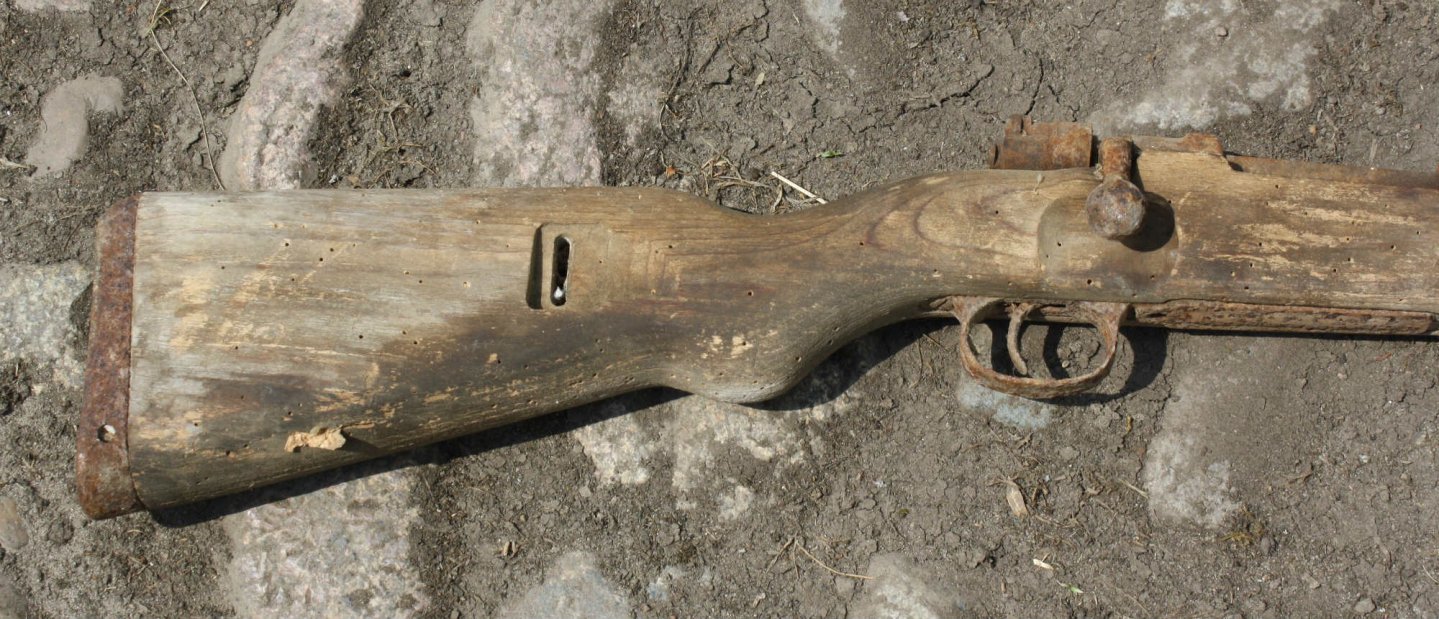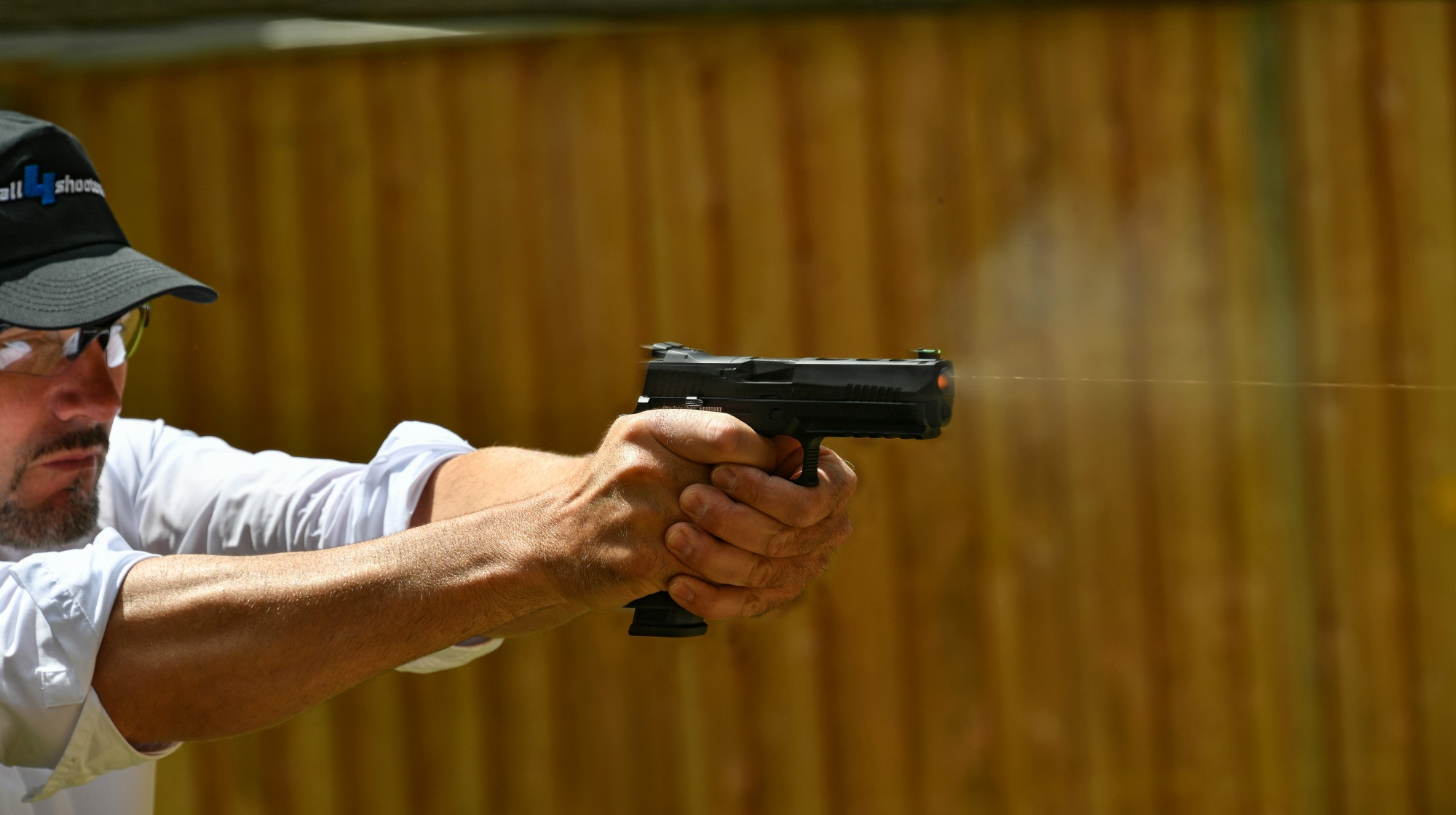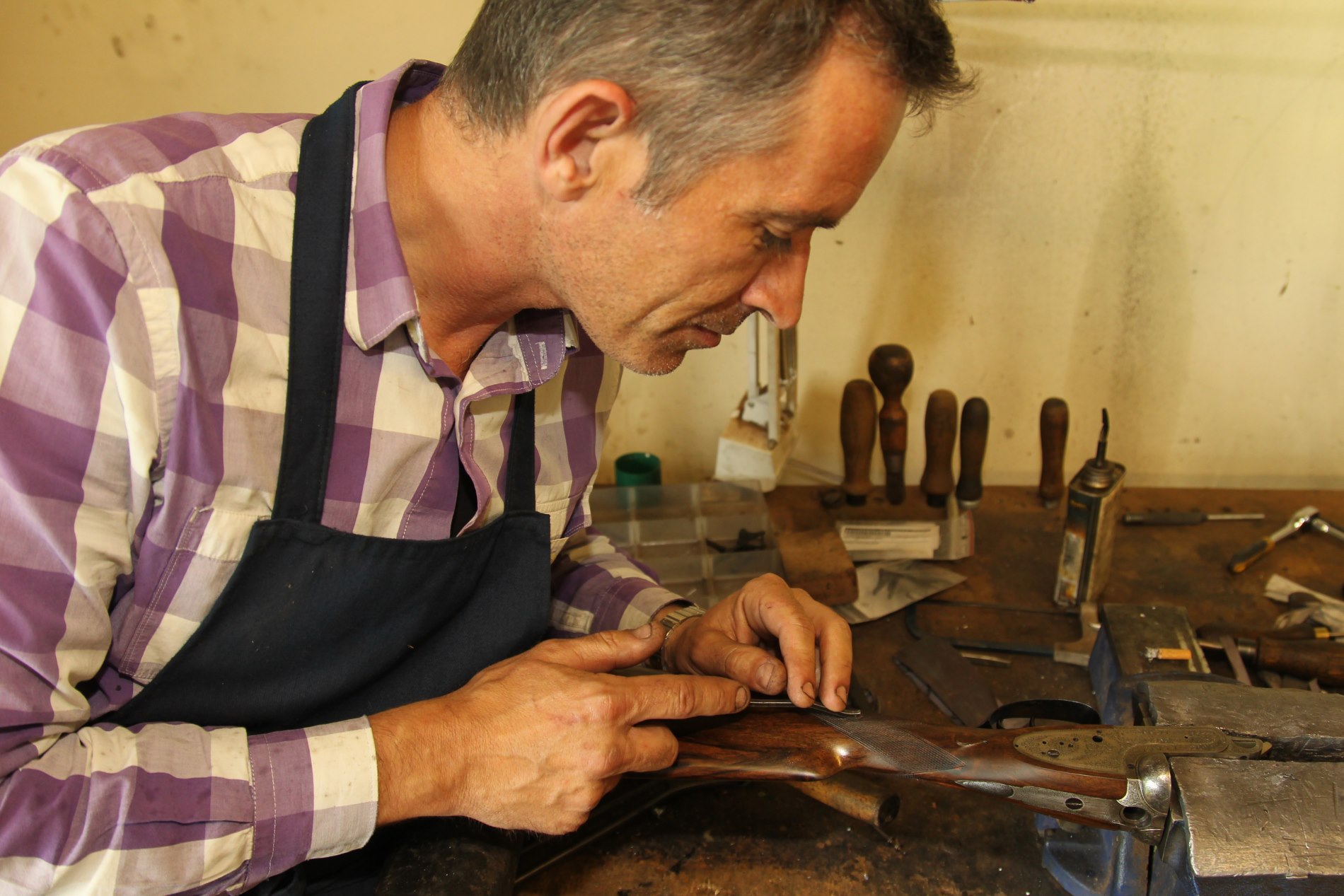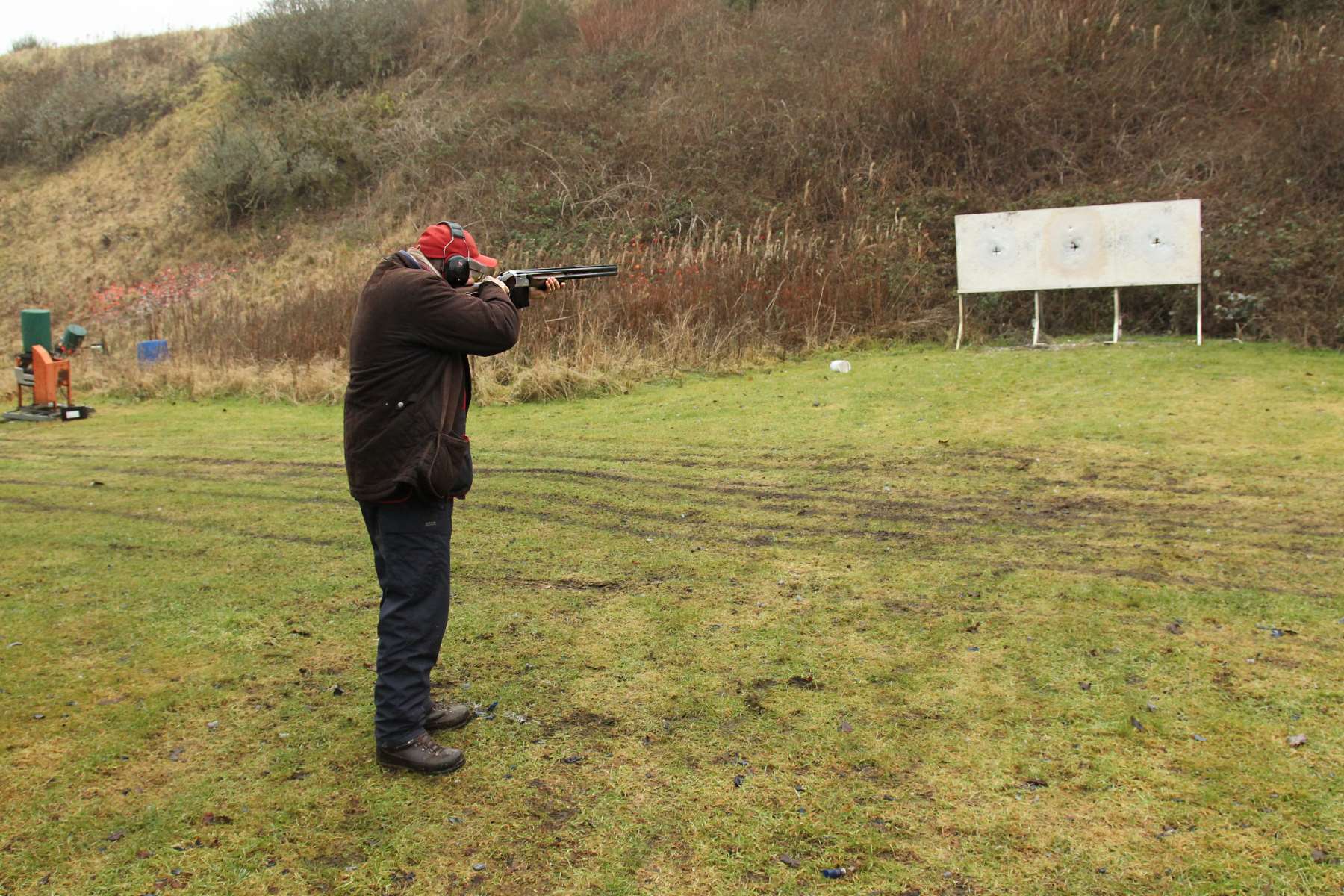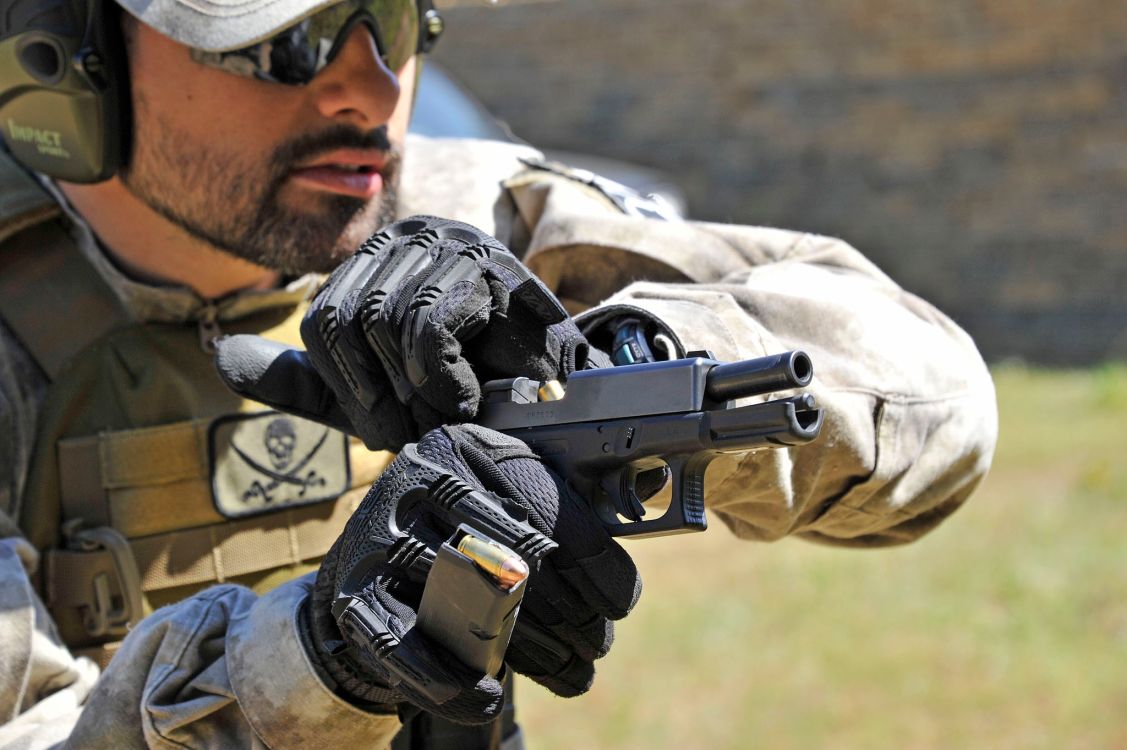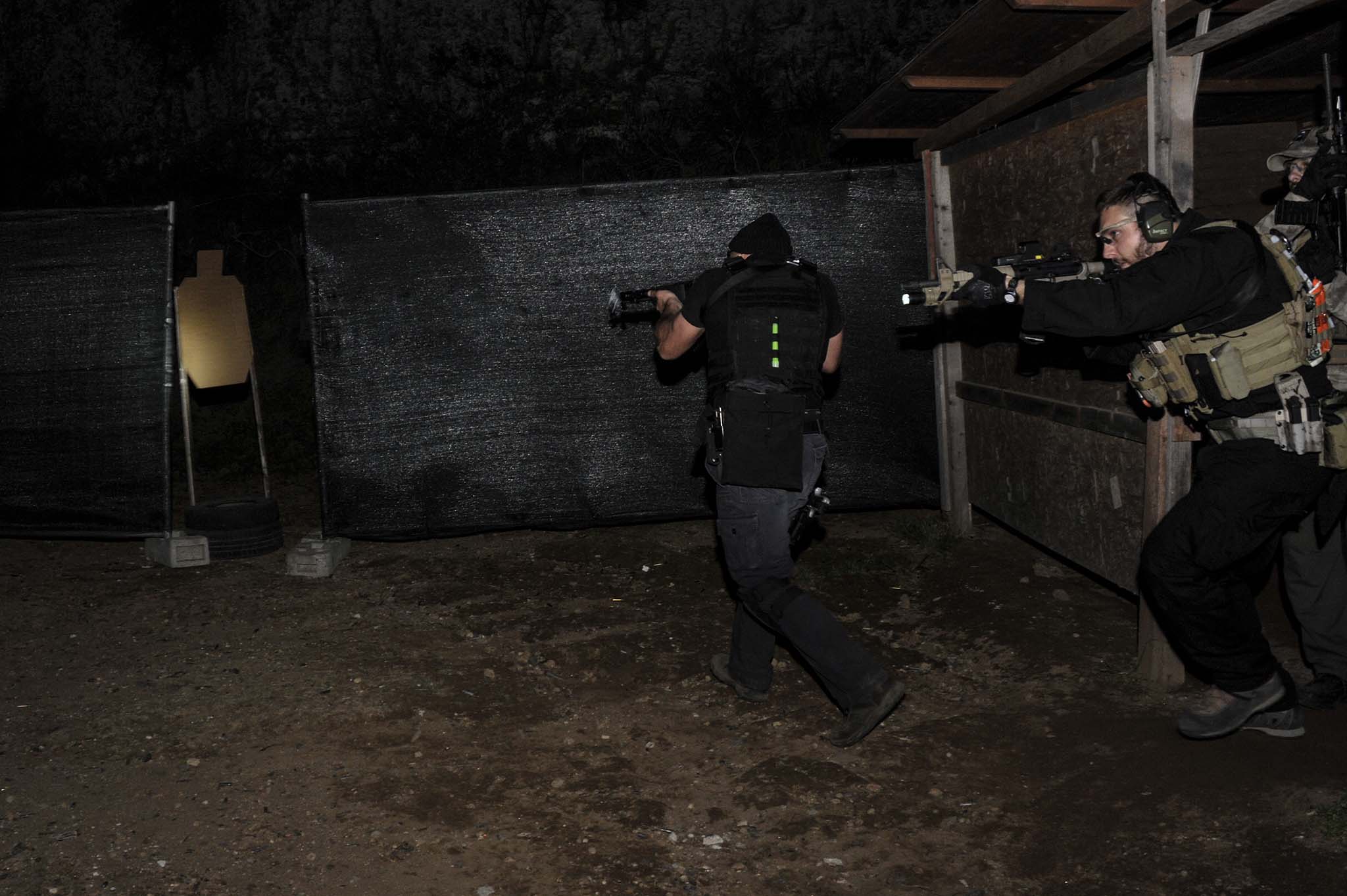In the last few days news media have shown dramatic reportages from storm and hurricane-wracked areas. Buildings and entire city blocks submerged by flood waters causing billion of dollars in damages. But sometimes, even a common basement flooding can ruin your precious weapons. How can firearms and ammo salvaged from water in the face of natural or man-made disasters?
The Sporting Arms and Ammunition Manufacturers’ Institute (SAAMI) has produced two very interesting documents about this topic, a Guidance on Firearms That Have Been Submerged or Exposed to Extensive Amounts of Water and a Guidance on Ammunition That Has Been Submerged in Water.
Here are some guidelines and info extracted from these documents:
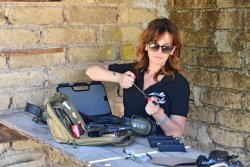
- The first order of business is safety: insure the firearm is unloaded and always wear safety glasses when disassembling, assembling or otherwise working on the firearm.
- When at all possible remove the stock or grips from the firearm. Whether wood or synthetic, the stock or grips may trap and hold moisture against corrodible metal parts.
- If possible, disassemble the firearm to the extent described in the user’s manual. If unsure of this operation, enlist the services of knowledgeable persons or a qualified gunsmith.
- Dry the metal, synthetic parts, and optics with dry towels or cloths.
- Very Important Note! Some moisture-displacing lubricants can cause damage to plastic/synthetic parts, aluminum anodized parts, wood finishes, and painted surfaces. Read the directions on the can and be aware of warnings.
- Flood all the metal parts and inside of the barrel with a moisture-displacing lubricant. Firearmspecific moisture-displacing lubricants.
- Work the moisture-displacing lubricant into every nook and cranny possible, as well as down the barrel.
- Using dry cloths or rags wipe off the initial application of moisture-displacing lubricant to remove as much contamination as possible. Reapply a second coat of moisture-displacing lubricant.
- Wood stocks and grips should be allowed to air-dry and not be force dried by exposure to heat. Allowing the wood to naturally air-dry will greatly aid in preventing the stock or grips from cracking or checking.
- Once the firearm has been thoroughly dried, consideration must be given to having the firearm inspected and serviced by either the manufacturer, an authorized service center, or a qualified gunsmith for reasons not limited to the following, prior to being put back into service. Depending upon the time the firearm has been submerged and the extent of exposure to sea salt and industrial and naturally occurring chemical substances that may be in the water source, it is impossible to ascertain with certainty the extent of the deteriorating effect, if any, the water may have had on individual component parts without a compete and thorough inspection and assessment of each individual firearm by qualified persons. Failure to follow these recommendations can result in property damage, personal injury and death.
Never use salvaged ammo
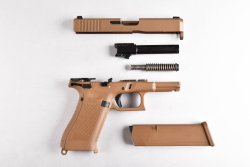
As for as ammunition is concerned is it possible to salvage and use ammunition that has been exposed to water?
SAAMI offers some interesting advice: centerfire rifle, handgun and shotshell ammunition is reasonably tolerant of exposure to light rain or dropping in the snow or on damp ground as long as the exposure is limited and the cartridges are wiped dry immediately. Rimfire ammunition is much more susceptible than other ammunition types to moisture damage from exposure to the elements due to the unique construction of the cartridges. Every effort should be made to prevent rimfire ammunition from being exposed to rain or dropped in the snow or on water‐soaked ground.
Some of the potential hazards of attempting to salvage or use the previously submerged ammunition include, but are not limited to:
- Potential safety hazard in attempting to “dry out” the cartridges.
- Possible further deterioration or damage of the loaded cartridge or its components due to drying methods.
- Failure of the cartridge to fire, which could have life-threatening ramifications.
- Initiation of only the priming compound or ignition of only a proportion of the propellant powder charge. This may result in insufficient pressure to push the projectile clear of the barrel resulting in the projectile stopping part way down the barrel and creating a bore obstruction. Firing a subsequent round through an obstructed barrel could result in serious injury, death and property damage.
At the end of the day, it would be impossible to ascertain the extent of the deteriorating effect, if any, the water may have had on each individual cartridge. Therefore, the safe answer is that no attempt be made to salvage or use previously submerged ammunition. The ammunition should be disposed of in a safe and responsible manner contacting your local law enforcement agency for disposal instructions in your area.
For more information see the original SAAMI documents here:
http://www3.nssf.org/share/pdf/SAAMI-Guidance-On-Submerged-Firearms.pdf
http://www3.nssf.org/share/pdf/SAAMI-Ammunition_Exposed_to_Water.pdf


